New Eastern Bus Station

The new Eastern Bus Station is located next to the Ben Thanh - Suoi Tien metro line. Photo: AX
Located at the eastern gateway of Ho Chi Minh City, the new Mien Dong bus station officially started construction in April 2017, with a total area of over 16 hectares. The project has a total investment of about 4,000 billion VND, of which phase 1 cost more than 770 billion VND. After more than 3 years of construction, on October 10, 2020, the bus station officially put into operation the first phase, serving routes from Quang Tri to the North.
With a modern design, direct connection to metro line 1 (Ben Thanh - Suoi Tien) and the bus network, the new Eastern bus station is expected to become a large-scale inter-provincial passenger transport center, replacing the Eastern bus station in Binh Thanh district (old) which has been overloaded for many years.

In addition to reducing traffic pressure in the inner city area, the new Eastern Bus Station is also an important infrastructure highlight promoting urban development in the eastern part of the city. Photo: AX
However, in the initial phase, the relocation of bus routes encountered many difficulties due to incomplete traffic connections to the station, and passengers were still confused when the new station was about 15km from the city center. This reality caused the bus station to be deserted at times, lower than initial expectations.
However, experts say that when surrounding traffic infrastructure projects are synchronized - especially metro line 1 comes into operation, in the near future the new Eastern Bus Station will play its role as a strategic, modern and long-term traffic gateway of Ho Chi Minh City.
Ben Thanh - Suoi Tien Metro Line
Construction began in August 2012, Metro Line 1 (Ben Thanh - Suoi Tien) is nearly 20 km long, with a total investment of more than VND 43,700 billion, and is the first urban railway project in Ho Chi Minh City. After more than 12 years of construction with many progress adjustments, the project will officially be put into commercial operation at the end of 2024, marking a turning point in the history of urban transport development in the city.

Ba Son underground station area of metro line 1 in Ho Chi Minh City. Photo: Duy Anh
During the peak period of Lunar New Year and the recent April 30 and May 1 holidays, Ho Chi Minh City Metro Line 1 recorded a sharp increase in the number of passengers, with some days reaching more than 100,000, showing the great attraction and demand of people for this modern form of public transport.
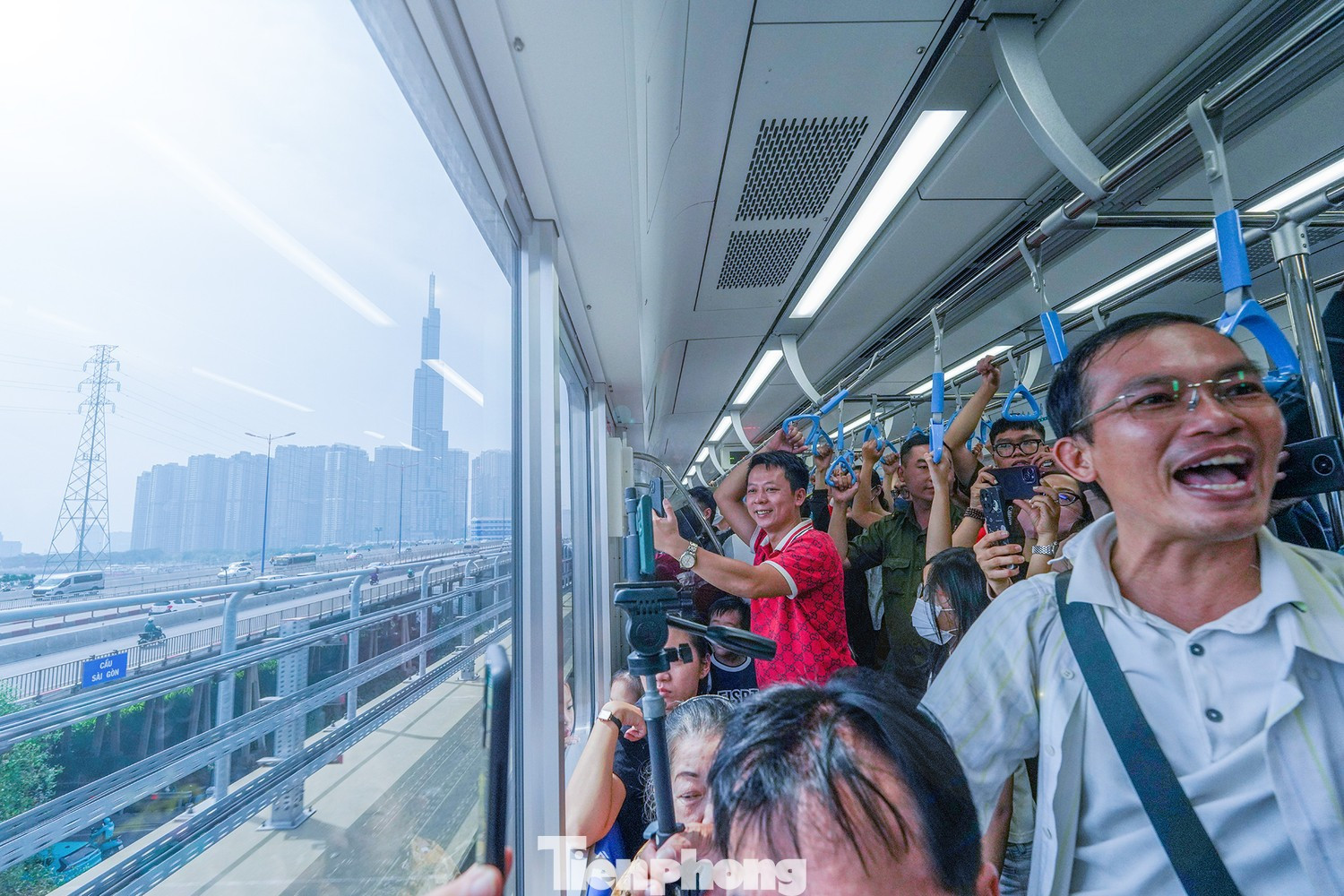
Passengers on the HCMC metro train. Photo: Pham Nguyen
HCMC Metro Line 1 connects the eastern gateway to the city center, including 3 underground stations (Ben Thanh, City Theater, Ba Son) and 11 elevated stations. The urban corridor axis along the line is changing rapidly: many high-rise buildings and modern apartment complexes are springing up, creating a completely different appearance compared to nearly a decade ago.



The Ben Thanh - Suoi Tien metro line contributes to changing the urban appearance of Ho Chi Minh City. Photo: Duy Anh - Pham Nguyen
This metro line not only contributes to completing the traffic infrastructure network, reducing the load on the road system, but also becomes a driving force to promote urban development in a sustainable, civilized and modern direction.
Ba Son Bridge – a new symbol on the Saigon River
Inaugurated on April 28, 2022 after many years of waiting, Ba Son Bridge (formerly Thu Thiem 2 Bridge) not only relieves traffic pressure but also contributes to changing the urban architectural appearance of Ho Chi Minh City.
The project has a total investment of more than 3,000 billion VND, nearly 1.5 km long, of which the main span is a 200 m long cable-stayed bridge, the bridge tower is 113 m high - currently the tallest cable-stayed tower in Ho Chi Minh City. The bridge has 6 lanes, connecting from the intersection of Ton Duc Thang - Le Duan (old District 1) to the new urban area of Thu Thiem (old Thu Duc City).
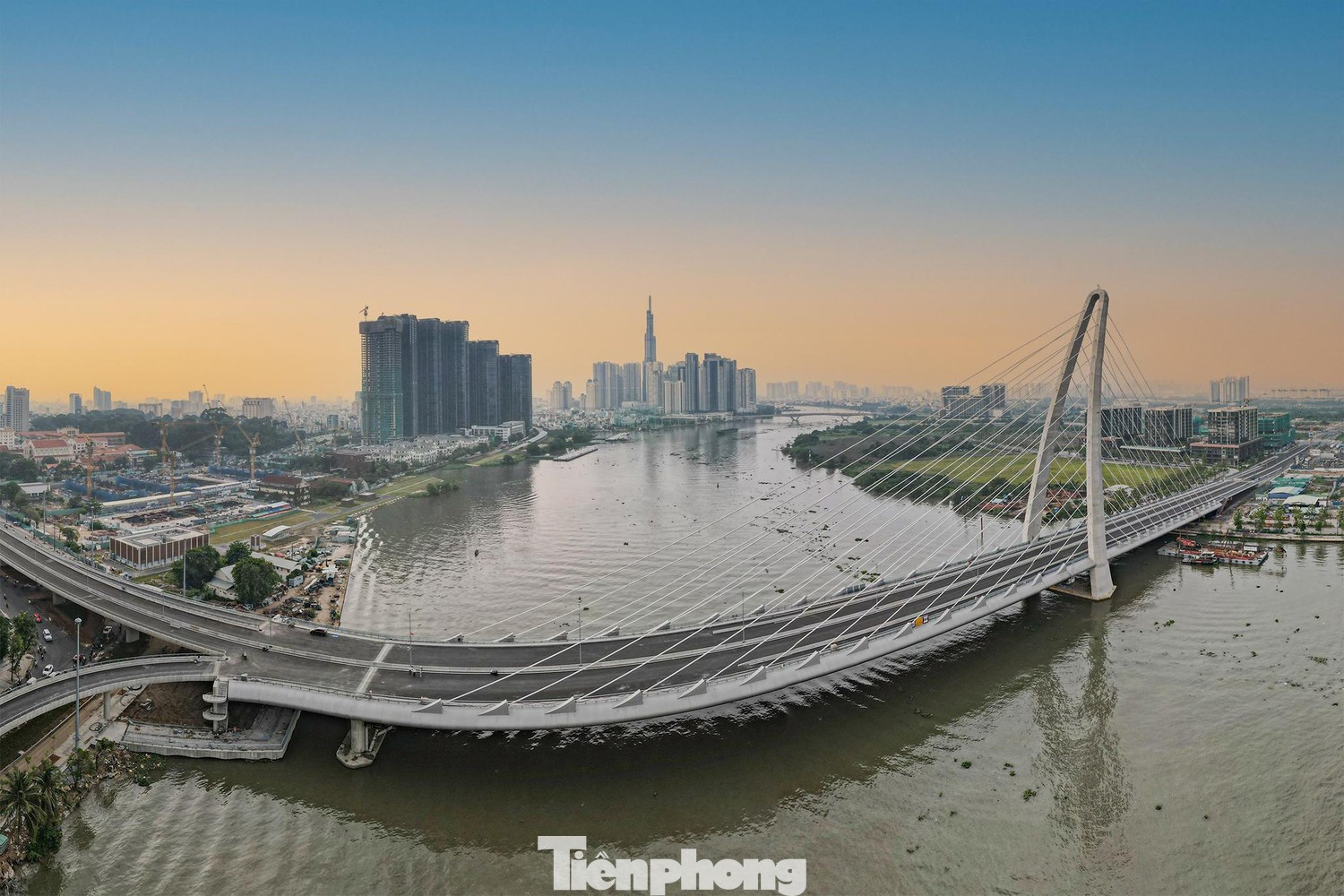
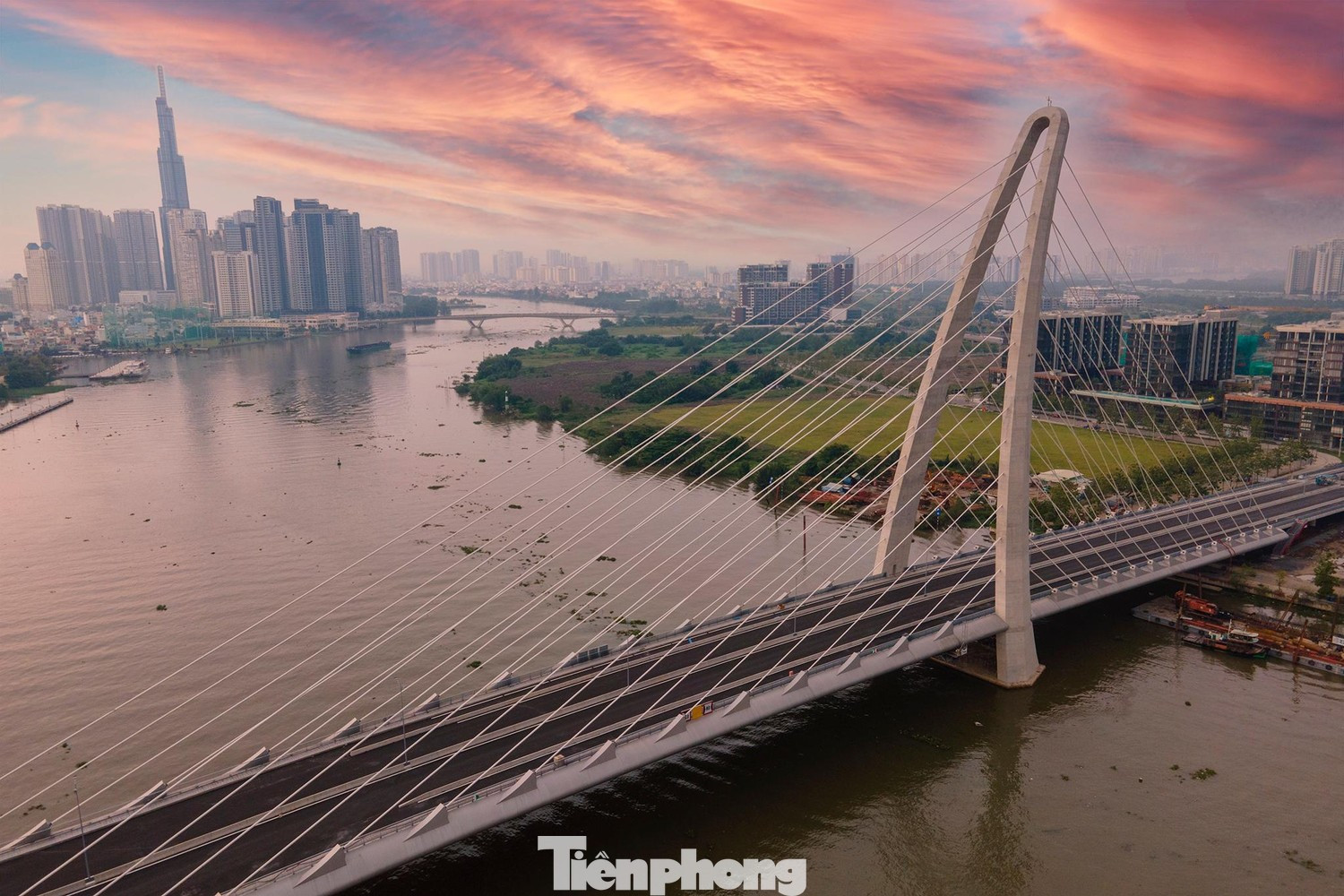
Ba Son Bridge - a new highlight on the Saigon River. Photo: Pham Nguyen
Construction began in February 2015, but the project was delayed many times due to site clearance and technical adjustments. After 7 years, the bridge was officially put into use, creating a direct connection between the existing center and the new urban area on the East bank of the Saigon River. Since its opening, Ba Son Bridge has significantly shortened the travel time from District 1 to Thu Thiem, reducing the load on the Saigon River tunnel and Saigon Bridge.
Not only playing the role of traffic infrastructure, the bridge has also become a symbol of modern architecture. Ba Son Bridge is one of 5 bridges and 1 tunnel across the Saigon River planned to connect Thu Thiem with the city center. Putting the project into operation is considered an important turning point to promote the development of Thu Thiem urban area, expand the central space of Ho Chi Minh City, and at the same time create a modern landscape highlight, in harmony with the banks of the Saigon River.
Saigon riverside changes into "new clothes"
After many months of construction, in early 2024, the Saigon Riverbank Park (from Ba Son Bridge to Saigon River Tunnel, old Thu Duc City) has taken on a new look, becoming a modern, green public space, promising to be an attractive entertainment destination for Ho Chi Minh City residents every holiday and Tet.
The project has a scale of nearly 5 hectares, stretching over 800 m along the river, designed synchronously with items such as: riverside walking and bicycle paths, pedestrian bridges, wharfs, event squares, outdoor stages, stone parks, fountains, art lighting systems, LED screens...
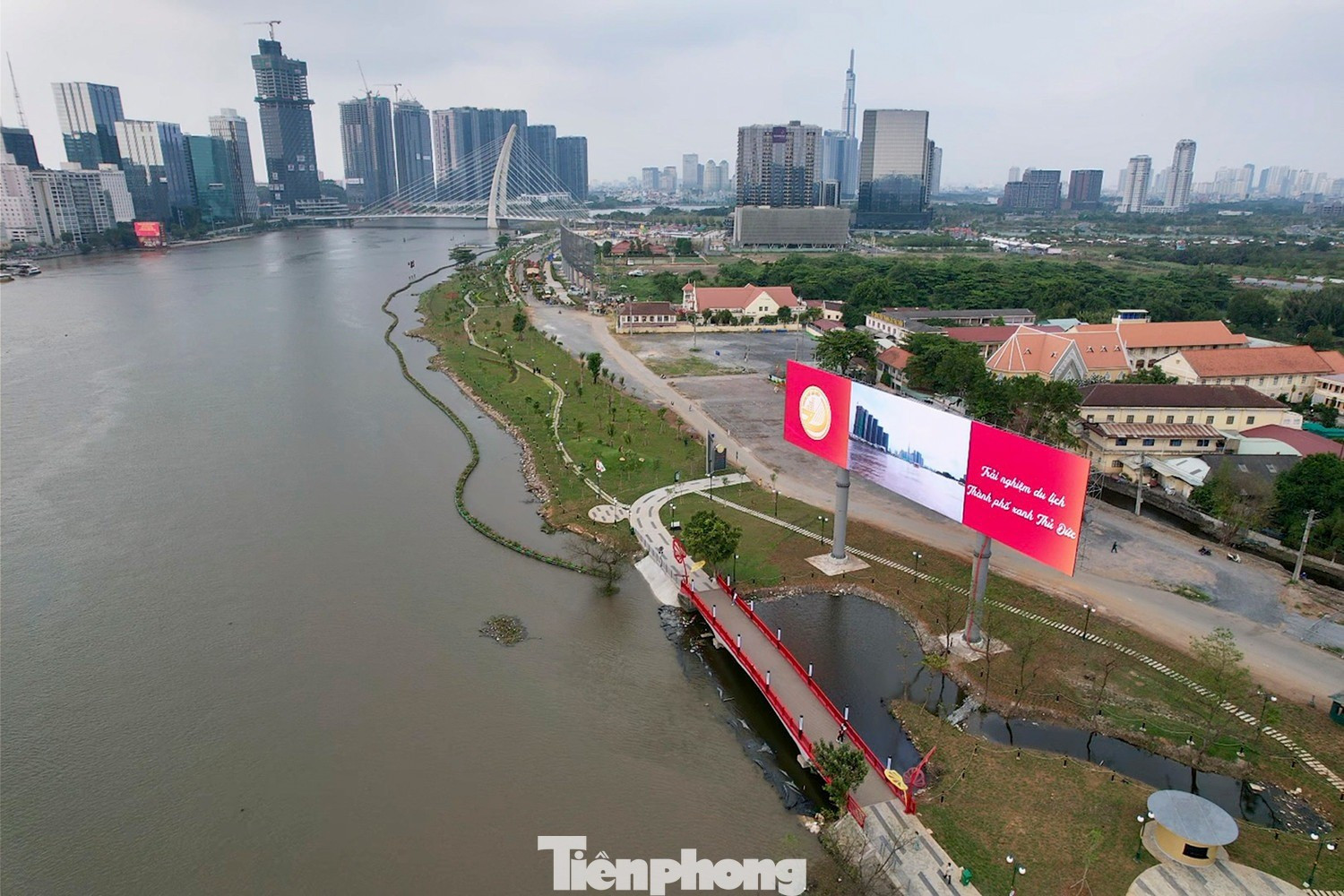

The Saigon River bank has gradually "changed its appearance" in recent years. Photo: Duy Anh
In particular, the “sunflower field” of nearly 15,000 trees planted in the park has quickly become a favorite check-in spot for young people. This is not only a landscape renovation project but also a new “green lung” of the area, where people can walk, exercise, admire the Saigon River, and is also a venue for cultural events and street festivals.
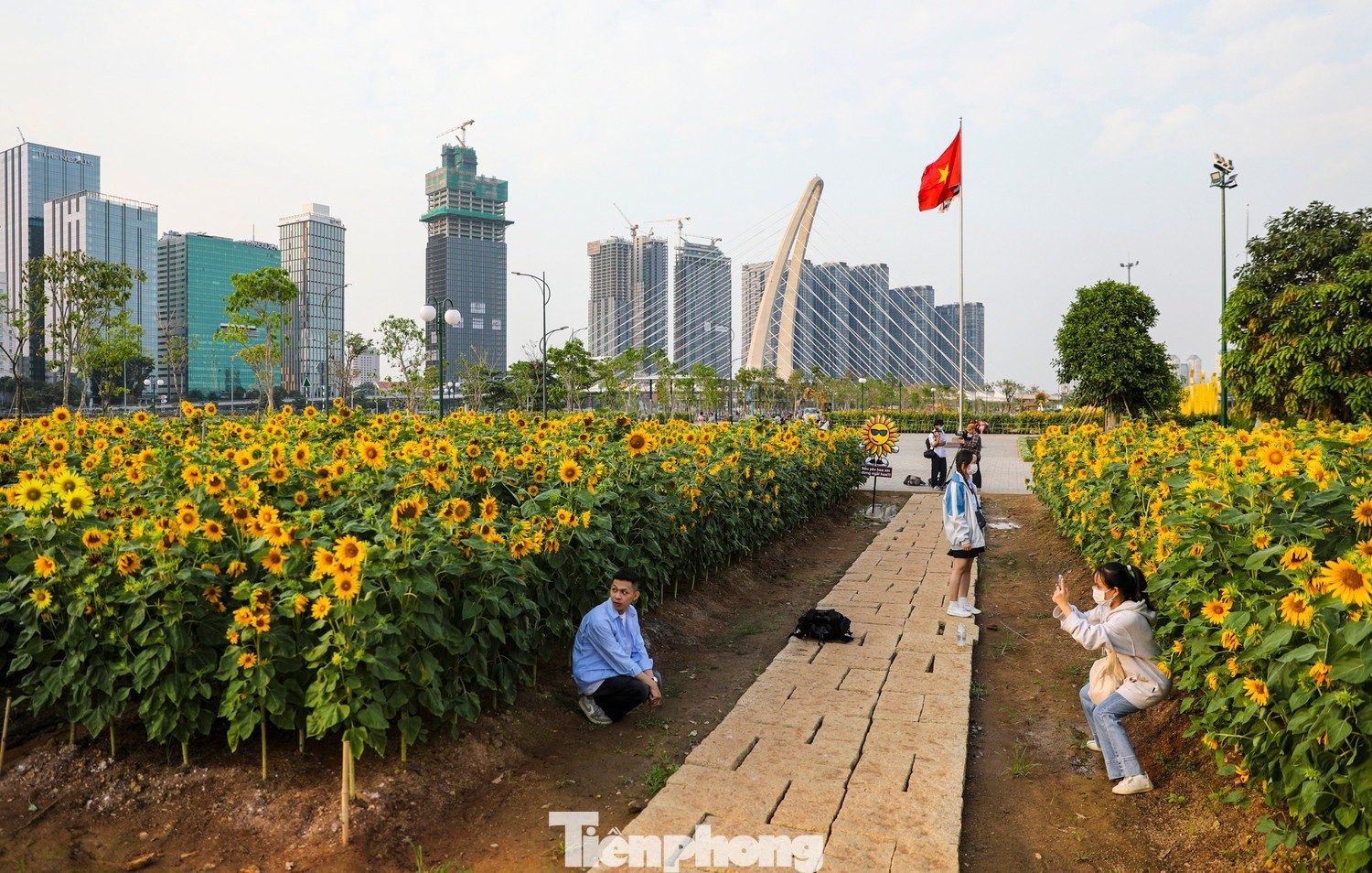

During the 2025 Lunar New Year holiday, thousands of locals and tourists flocked to visit and have fun, turning this place into a new meeting place on the riverbank. Photo: Duy Anh
The birth of the Saigon River Park helps to erase the image of wastelands, reeds, and riverside waste in the past, replacing it with a civilized and modern urban space. The project also contributes to shaping the appearance of the center of Ho Chi Minh City, harmoniously connecting the river landscape with the surrounding urban areas and modern buildings.

With the advantage of beautiful landscape, diverse facilities and open space, Saigon riverside park promises to become the leading entertainment spot in Ho Chi Minh City every holiday and Tet, and at the same time a symbol of the effort to build a green - civilized - modern city. Photo: Duy Anh
Cancer Hospital (facility 2)
Located at the eastern gateway of Ho Chi Minh City, the Oncology Hospital 2, after many years of construction, has officially come into operation, becoming the most modern oncology hospital in the country. Started in October 2016 with a total investment of nearly 6,000 billion VND from the State budget, the hospital was built on an area of over 55,000m2, with a scale of 1,000 beds, including many high-rise buildings and specialized technical areas.
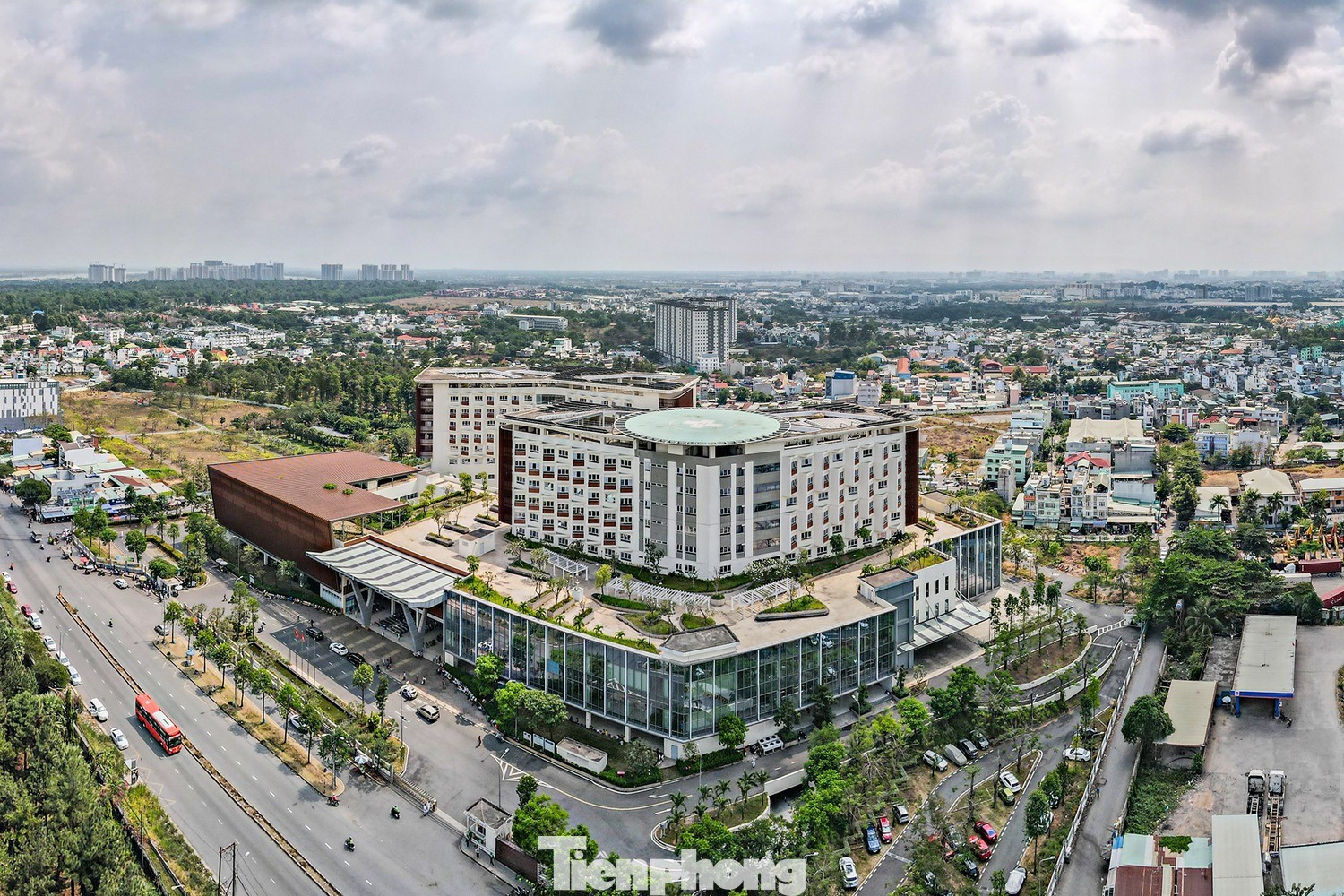
Ho Chi Minh City Oncology Hospital (facility 2). Photo: Pham Nguyen
At the end of 2020, the hospital was partially operational; at the beginning of 2023, it was officially inaugurated and put into full operation.
According to the leaders of the Ho Chi Minh City health sector, the establishment of the Oncology Hospital 2 will not only help reduce the pressure on the first facility in Binh Thanh District (old) which is often overloaded, but also meet the increasing demand for medical examination and treatment of the people of Ho Chi Minh City, the Southern provinces and the Central Highlands, and aim to become a high-quality medical destination in the ASEAN region. In addition to its treatment role, the hospital is also a training and in-depth research center on cancer, expected to improve the medical quality and professional capacity of Ho Chi Minh City in the new period.
Tam Thang Tower - a new symbol of the coastal city
On October 28, 2024, Vung Tau City (now part of Ho Chi Minh City) started the project to renovate Thuy Van - Bai Sau road axis with a total investment of nearly 1,100 billion VND from the state budget. This is one of the key infrastructure - landscape projects, expected to change the face of local tourism in the period 2025 onwards.
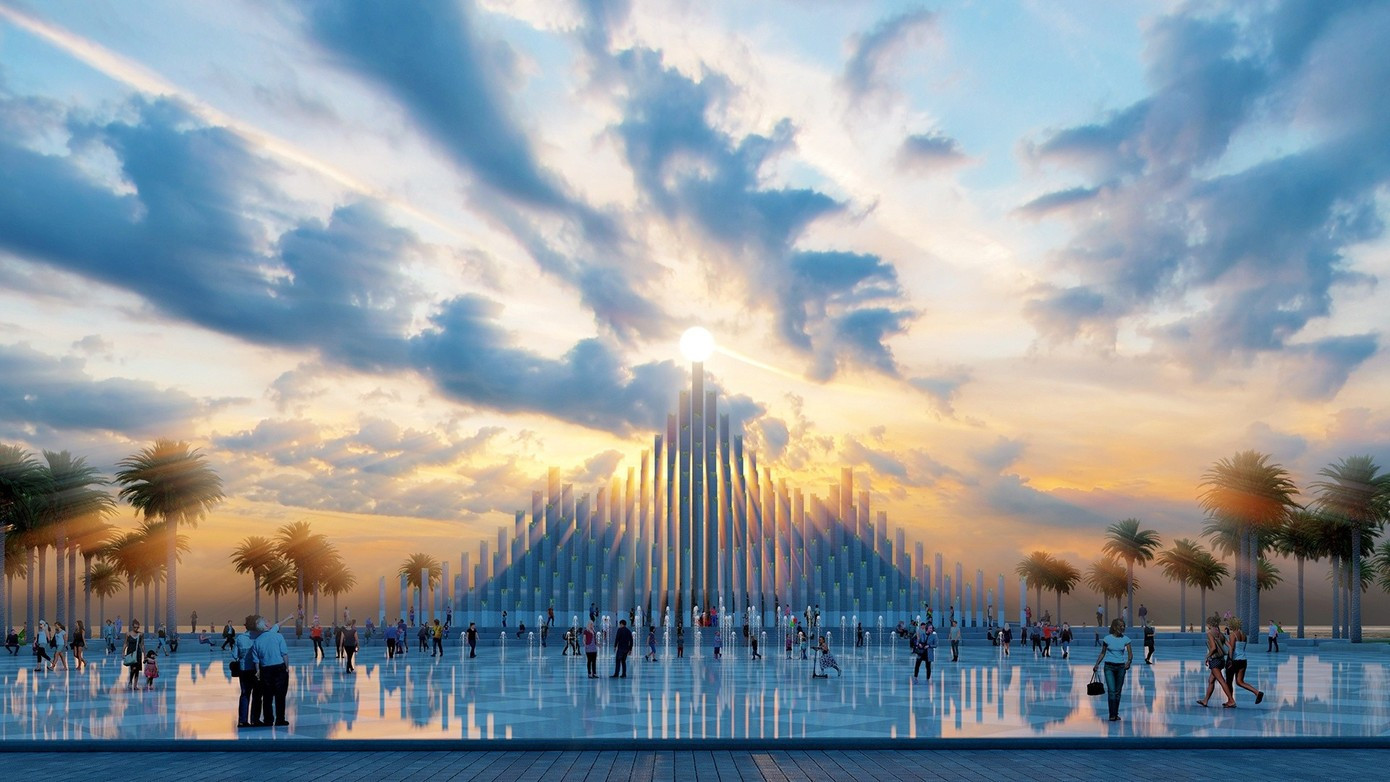
The highlight of the project is Tam Thang Tower, with an investment capital of 155 billion VND.
The project is about 3.2 km long, covers an area of nearly 19.2 hectares, and includes 12 main items: renovating parks, squares, green tree systems, coastal roads, water supply and drainage, lighting, etc.
The highlight of the project is the Tam Thang Tower, with an investment capital of 155 billion VND. The tower consists of 143 triangular reinforced concrete pillars, ranging from 10.9 m to 34.25 m high, covered with mosaic tiles and equipped with an LED lighting system to create special lighting effects at night.
The renovation of Bai Sau and the construction of Tam Thang Tower not only create a modern, clean landscape for the most important coastal axis of Vung Tau (now part of Ho Chi Minh City), but also open up a space for community activities, entertainment and recreation for the people, and at the same time attract more tourists during holidays and Tet. The project is expected to become a new symbol of the southern coastal city.
Huu Huy
Duy Anh
Pham Nguyen
Tienphong.vn
Source: https://tienphong.vn/nhung-cong-trinh-gop-phan-thay-doi-dien-mao-tphcm-5-nam-qua-post1777304.tpo




![[Photo] Hanoi morning of October 1: Prolonged flooding, people wade to work](https://vphoto.vietnam.vn/thumb/1200x675/vietnam/resource/IMAGE/2025/10/1/189be28938e3493fa26b2938efa2059e)



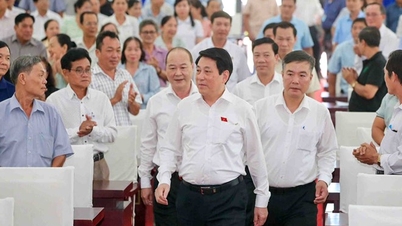

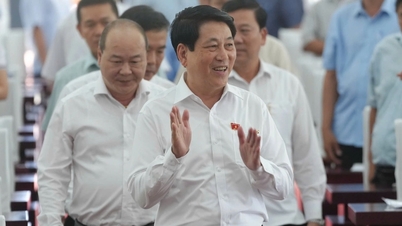

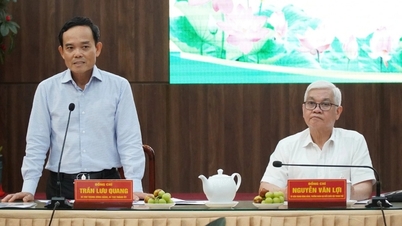
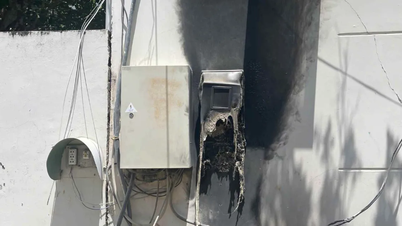

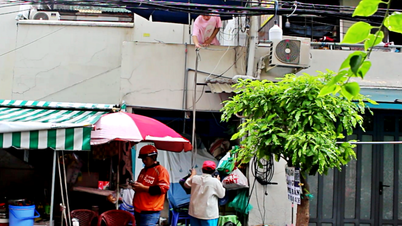




![[Photo] Hanoi morning of October 1: Prolonged flooding, people wade to work](https://vphoto.vietnam.vn/thumb/402x226/vietnam/resource/IMAGE/2025/10/1/189be28938e3493fa26b2938efa2059e)





![[Photo] Panorama of the cable-stayed bridge, the final bottleneck of the Ben Luc-Long Thanh expressway](https://vphoto.vietnam.vn/thumb/402x226/vietnam/resource/IMAGE/2025/9/30/391fdf21025541d6b2f092e49a17243f)
![[Photo] The 1st Congress of Phu Tho Provincial Party Committee, term 2025-2030](https://vphoto.vietnam.vn/thumb/402x226/vietnam/resource/IMAGE/2025/9/30/1507da06216649bba8a1ce6251816820)






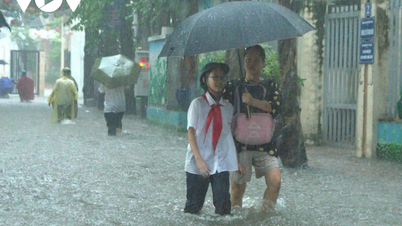

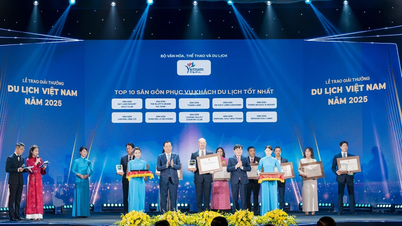


![[Photo] Panorama of the cable-stayed bridge, the final bottleneck of the Ben Luc-Long Thanh expressway](https://vphoto.vietnam.vn/thumb/1200x675/vietnam/resource/IMAGE/2025/9/30/391fdf21025541d6b2f092e49a17243f)































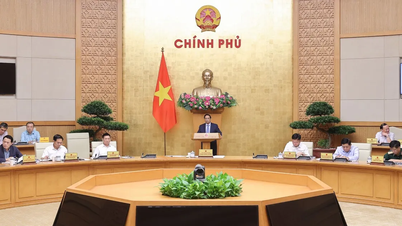
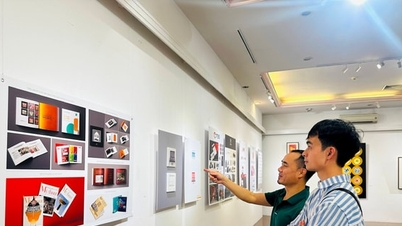

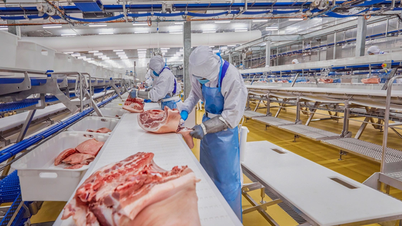
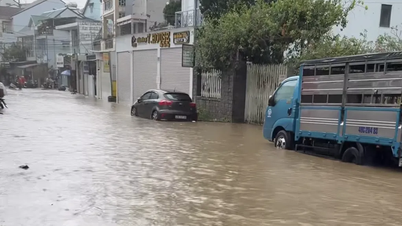
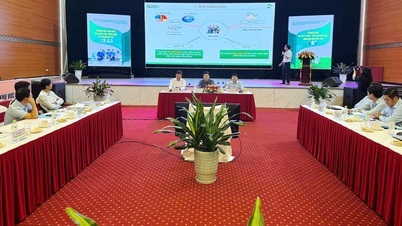
















Comment (0)